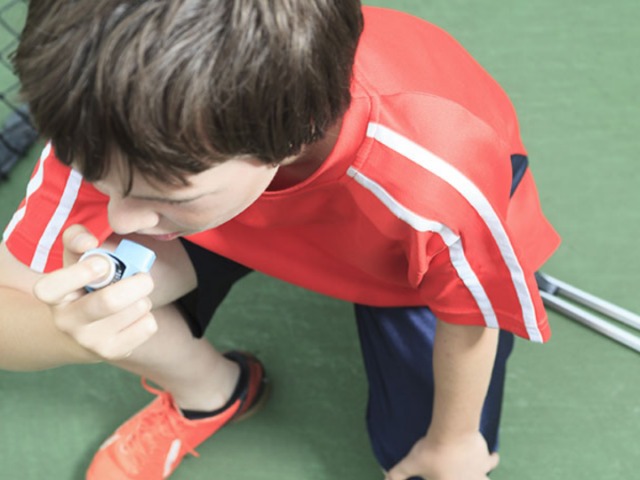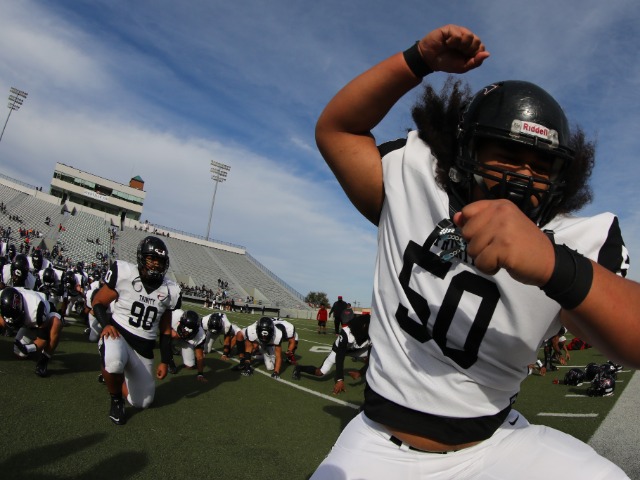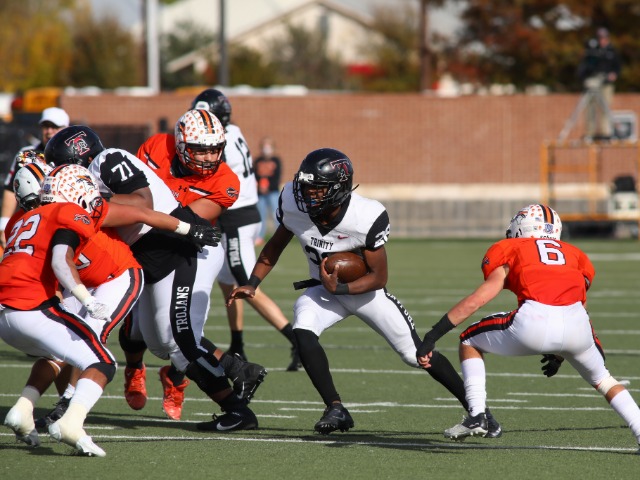Help your child stay active by understanding what you can do to help prevent symptoms of asthma during exercise.
How does exercise trigger asthma?
Though exercise does not cause asthma, changes in how we breathe during strenuous activity can affect those with asthma. Usually, we breathe in through our nose. The nose warms air and adds moisture before the air travels to our lungs.
When we exercise, however, we often breathe through our mouths. Air that comes in through the mouth may be colder and drier. In some people, this air irritates the lining of the airways, causing them to constrict and narrow – making breathing difficult.
Symptoms may begin during exercise, however, for many, they worsen 5-10 minutes after stopping exercise and usually lessen in 20-30 minutes. Although there can be some symptoms later, they are usually milder. It is important to know the difference between being out of condition and having asthma symptoms because of the change in breathing.
Asthma symptoms might include:
Chest tightness
Coughing
Fatigue
Shortness of breath
Wheezing
Playing outdoors, whether for fun or for sport, may pose extra difficulties to kids with asthma since pollen, allergens or other substances in the air can trigger an attack.
Can you play sports with asthma?
Children with asthma can still play sports. In fact, the regular exercise can help strengthen your child’s lungs as well as other aspects of his or her health. Though children with asthma can play any sports, they may be better suited for sports that have short periods of movement followed by breaks. These sports can include:
Baseball
Dance
Football
Gymnastics
Softball
Volleyball
Wrestling
“Sports requiring constant movement, like cross country, soccer or basketball, may be more difficult for an athlete with asthma, though not impossible,” says Troy Smurawa, M.D., Director of Pediatric Sports Medicine at Children’s Health? Andrews Institute for Orthopaedics and Sports Medicine. “Sports like hockey, ice skating or skiing may also be a challenge for a child with asthma since the air in a rink or on a mountain tends to be dry and cold.”
Help your child control asthma during sports or exercise
Even with asthma, your child can play sports competitively or just enjoy running around outside. The key is to keep asthma well controlled by following a personal asthma action plan created with your doctor. If your child does not have an action plan, talk with a pediatrician.
Your child’s school, coach, athletic trainer, teacher and any other caregiver should have a copy of this plan so they know what to do if your child experiences an asthma attack. At home, you should always have this plan within easy reach so you can act fast.
Your doctor can also help you come up with a plan for exercising. In general, most children can control asthma during physical activity by:
Using their daily preventive inhaler as prescribed
Using their quick-reliever inhaler (like Albuterol) 10 to 15 minutes before exercise
Warming up before exercise
Cooling down after exercise
Carrying a quick-relief inhaler during activity
Always talk to your doctor before your child begins a new sport or activity for advice on how to keep him or her safe.
If possible, children with asthma should avoid activities in severe cold, dry environments. If they do participate in sports that take place in severe conditions, try to cover the mouth with a scarf to help heat and humidify the air they breathe. Children should also avoid exercising on a day with poor air quality or an ozone alert, as these conditions can also make it more difficult to breathe.
If your child has recently... Click here to read full article
ARTICLE SOURCE:
Children's Health









